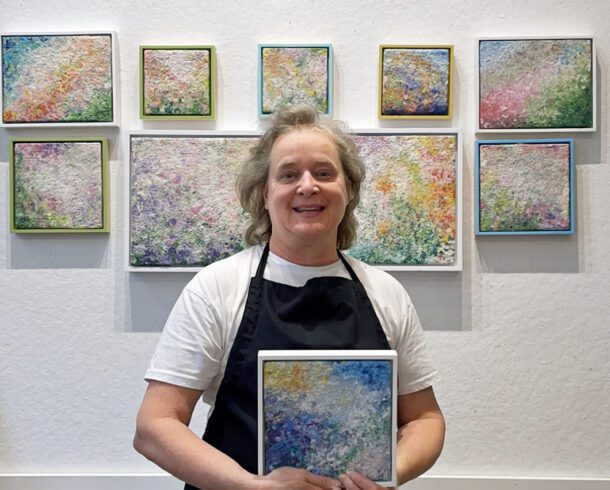Please join me for this in-person lecture, Wednesday, June 11, at 7:00 PPM, Boxford Community Center, 10 Elm Street, Boxford, MA.
Flag Day commemorates the adoption of the flag of the United States which occurred on June 14, 1777, by a resolution adopted by the Second Continental Congress. It also marks the birthday of the U.S. Army which congress authorized as “the American Continental Army” on June 14, 1775.
The first public celebration was in Hartford, Conn., during the first summer of 1861. In the late 1800s, schools all over the United States held Flag Day programs to contribute to the Americanization of immigrant children, and the observance caught on with individual communities.
The American flag has been a poignant symbol for artists since our nation’s founding. For many, it has been a way of rousing national pride and speaking to the country’s resistance in the face of adversity.
For others, it has been a means of critiquing the nation during times of war and a way of pointing out longstanding histories of colonialism, racism, sexism, and homophobia that are still unfolding.
Here are just a few of the many images of the Flag in American Art.
Norman Rockwell, Rosie the Riveter, 1943, oil on canvas, 52 x 40 inches.
Crystal Bridges Museum of American Art.
Norman Rockwell’s model for Rosie the Riveter was a 19-year-old telephone operator named Mary Doyle. The painting, which appeared on the front cover of the Saturday Evening Post in May 1943, quickly became a symbol of the millions of women doing war work while their men were at the front.
Doyle was paid $10, roughly $140 in today’s values for two days of posing for Rockwell’s photographer. The painter later apologized for bulking up her relatively petite figure to give the picture more impact.
Gordon Parks, American Gothic, Washington, D.C., 1942.
Photo : Courtesy Gordon Parks Foundation.
This iconic photograph was taken while Gordon Parks was working with the Farm Security Administration, a New Deal–era organization whose goal was to help the poor in rural areas.
Parks photographed workers at the Washington, D.C. headquarters of the FSA, includingElla Watson, shown here. Watson, who worked as a cleaner at the offices, poses for Parks before an American flag.
The tools of her trade—a broom in the foreground and a mop in the background—are shown upside down, rendering them unusable, and she looks directly into Parks’s lens, staring back at viewers who may have otherwise ignored her presence.



